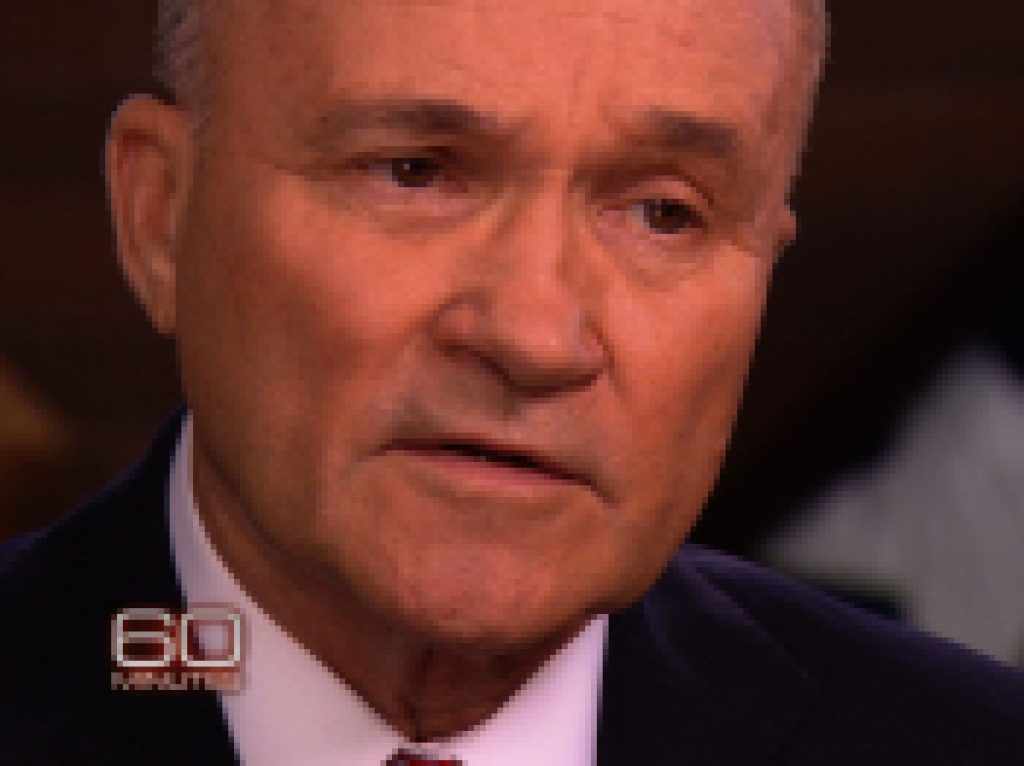Last weekend, I spent a few hours catching up on some recent-past television recordings. As usual, I was multitasking, but I put the magazines and laptop aside when one particular segment from the September 25th edition of 60 Minutes appeared on-screen. Entitled "The Counter-Terrorism Bureau", here's how the show's website describes it:
Scott Pelley brings viewers on a personal tour conducted by Police Commissioner Ray Kelly of what may be the world's most sophisticated terror defense forces – the New York City Police Department's counter terrorism unit.
The bit which particularly caught my ears-and-eyes discussed the approximately 2,000 (soon to be 3,000) cameras installed in lower Manhattan, all managed by a $150 million monitoring and control center housed in a "secret location". As described by 60 Minutes, it's virtually impossible to travel a block in the area without being exposed to at least one camera. And as you can probably imagine, public reaction to that extreme degree of coverage is "mixed".
The surveillance situation isn't unique to New York City, of course. London, for example, is famous (or, depending on your perspective, infamous) for the number of installed cameras, which Scotland Yard is employing to identify participants in the city's recent riots. And as another recent Slashdot mention makes clear, Atlanta is heading in a similar direction.
The 60 Minutes piece describes the rudimentary analytics capabilities of the control center; the ability, for example, to automatically search through a database of footage for someone in a red piece of clothing. And the technology will inevitably become more refined in time. As I mentioned back in mid-August, facial recognition algorithms remain immature, especially in off-center, dimly lit and other non-ideal situations, but researchers are intensively working towards fundamental breakthroughs.
Give the 60 Minutes segment a perusal online, if you haven't already seen it, and then sound off with your thoughts in the comments.


